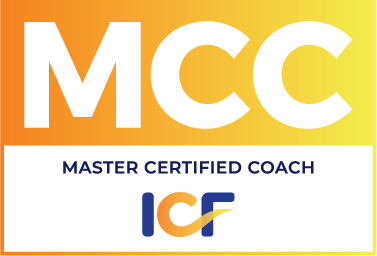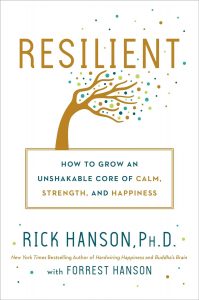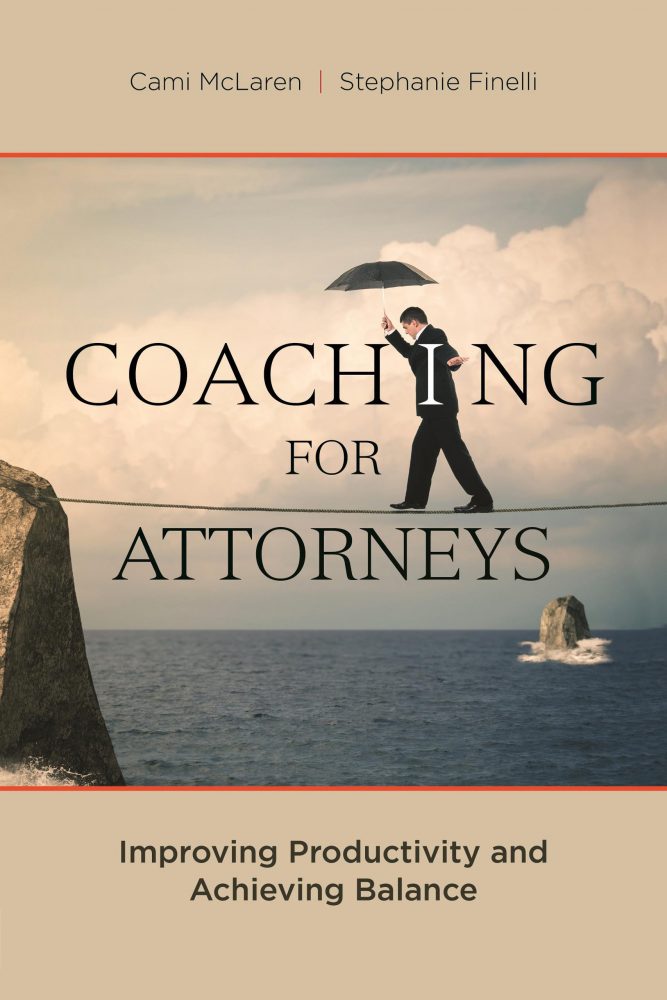Before our fifth installment in the Art of Enrollment series, I want to make an exciting announcement: Later this year my new book, The Integrated Lawyer: Coaching that Brings Excellence to your Practice and Balance to Your Life, will be released. It is being published by the American Bar Association.7PK7M66V3CC5
Email me to reserve a copy – this is a book directed at lawyers, but the tools discussed apply to all busy professionals and business owners.
Please also email if you know of a publication mind that might review the book or for which I might write an article.
Now on to our July Enrollment installment.
The Art of Enrollment, Part V
Continuing our 2013 series on the Art of Enrollment, today we discuss step #4, Listen. As a brief review, we define “enrollment” as
a way of supporting another person by offering a product, a service, or simply a solution; a way of communicating with another person that inspires them to move forward with something they want by using something you have. Enrollment is a way to interact with others so that they want to work with you. (As always, I am indebted to Source Point Training Co. for introducing me to this concept.)
To get up to speed before reading this fifth installment on the topic, check out my earlier blog posts, parts I through IV of this series.
Becoming adept with using this tool will make a significant impact on your business and in many other areas of your life as well. As we have been moving through the elements of the enrollment model, you should be doing the homework between newsletters to work with the different parts of the REALITY formula, and actually internalize them. Remember that reading the article and doing nothing with it will not get you the results you are after. That which is not acted upon is not learned.
Who do you want most to enroll? If you are an attorney, you may wish to enroll clients to hire you, secretaries to understand and do your work well, associates to get their work in on time. If you are in management, you may want to enroll staff into working collaboratively with one another, more customers into your business, company owners to make changes that support your forward movement in the company. If you are a small business owner, you may want to enroll new customers or clients, or enroll vendors in giving you a special deal. If you have a family, you may want to enroll them in going on vacation to Disneyland instead of some other destination.
What do you want to enroll them in? You will learn more from this newsletter if you have not only a person or type of person you wish to enroll, but also a an idea what you want to enroll them in.
Let’s briefly review before we move on to the next element.
In Part I, we presented the following model of enrollment:
| R apport – Create rapport; build trust.E ngage — Be genuinely interested and focused on the other person.
A sk — Ask questions to clarify the other person’s desired outcomes.
L isten – Listen closely for what is important to him or her.
I nternalize – Understand the other person and what she wants and needs before you explain what you have. Be sure what you are offering fits the need.
T each – Show the other person that what you are offering will lead to the outcome they desire.
Y es! – Gain commitment and action.
|
In Part II, we established that the first step even before engaging in the enrollment process, is to ask yourself, “what do I want to enroll this person IN?” It is important to know this and be intentional about your efforts.
We then discussed specific ways of gaining RAPPORT with another person; how to ENGAGE so you are focused and the other person feels that you are present; how to ASK curious questions to find out what is important to the other person. This week, we will learn how to LISTEN.
As we have said, you will always want to start with (1) gaining rapport, and always (2) be engaged with the other person, listening and (3) asking questions. But you may find times that you and the other person are no longer in rapport; and you will then need to stop what you are doing and focus again on gaining rapport. Or you may find you do not have enough information and will need to go back and ask more questions. In other words, do not become attached to the order in which the elements are presented. Be aware of when you need to go back to an earlier element.
Listen
Once you are in rapport, engaged and asking questions, you will also want to listen intently. Listening in this fashion is a skill. It takes practice and focus. If you are engaged and present, you are focused on the other person and that is the first step in really listening. People speak with more than just words. In fact, it is said that 55% of communication is body language; 38% is voice tonality; and only 7% is language. So you will want to “listen” to all of this communication. If a person tells you he is fine, but has arms crossed and is looking away from you, speaking in monosyllables, he is “telling” you that he is not fine. If you ignore this and continue with the enrollment conversation then you are not truly hearing him. In order to really hear him, you would ask something like, “What is happening right now?” or “You seem to have suddenly had a change in your mood; what happened?” or “You seem upset; can you tell me what is bothering you?” This way of listening will set you apart from most people who tend to ignore such cues.
The listening tool I recommend is “reflective listening.” When you use this tool, you will, as the name suggests, “reflect back” what you are hearing. In this way, you will (1) be sure to understand what the other person really wants (you’ll be amazed how often we think we understand, but we don’t); (2) demonstrate that you are listening and that you care what they are saying; and (3) create rapport and trust. Furthermore, people will not listen to you if they do not feel you are hearing them. As Stephen Covey said, you must “seek first to understand and then to be understood.”
A simple reflection model is this:
(1) Tune in and really listen (this is covered in the REALITY model under “engage”);
(2) After the person speaks, repeat back what you heard her say in your own words;
(3) State what you think are the underlying feelings (ex., “you sound excited/confused/interested/hesitant); and
(4) Ask if you understood fully and give the other person a chance to correct you.
For example, John comes into an appliance store and meets Mary, the salesperson. After John has been looking at a washing machine for some time, John & Mary engage in an enrollment conversation. The reflection part of the conversation follows. (In all industries, we have to “deal with objections” that are raised by a potential customer or client who wants what we sell, but something is “in the way” of them taking action to get it. Reflective listening is a very useful tool in working through objections – again, because once you really hear someone, they will listen to you as well.)
Mary: I see you are looking at the Kenmore washing machine.
John: Yes, I really like it.
Mary (curious): Tell me about your needs – how much laundry do you do in a week?
John: Well, I have 6 children and my wife seems to do laundry every day.
Mary (reflecting): That sounds like a continuous use of the washing machine – every day.
John: Yes; it is. But I find this model to be quite expensive.
[At this point, a person who was selling rather than enrolling would say something like, “yes; but for the amount of laundry you do, it’s a bargain;” or “this is one of the less expensive models” – something along these lines. In using the enrollment model, Mary will fully “hear” John’s concern.]
Mary (reflecting back the substance of what he is saying): It sounds like you are feeling this model may be outside your price range?
John: It may be.
Mary (reflecting the feelings within what he is saying): You sound reticent about this machine.
John: I am – how does it stack up against other machines?
Mary: For the price, and what you want, it seems like the best buy. Here, let me show you what I mean (showing him other machines).
Note: Most salespeople are fearful about naming the objection and just getting it out on the table, but this is one of the most effective things you can do. It makes your potential customer feel heard, and will open up new possibilities in the conversation. It can be scary, but you have to try it to find out how effective it is. Once Mary “heard” John’s objection, he was free to ask other questions. Had she argued with him instead, by telling him this was the best machine for him, he would have likely dug in his heels and argued it was too expensive. This is what we do when we do not feel heard.
In this particular example, we discussed using reflective listening as a way of meeting objections. You should use this technique throughout the conversation, though: reflect back what they say they want, the questions they are asking, the questions they are raising; and their needs.
Your homework for the next month is to practice this tool everywhere – at work, with your spouse and children, at least 2 or 3 times a day. We are not taught to actively listen so it may be a challenge to begin. But it will make a difference in all your relationships.







